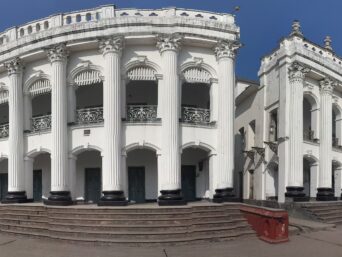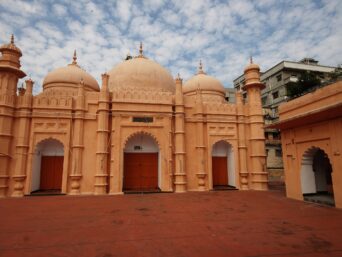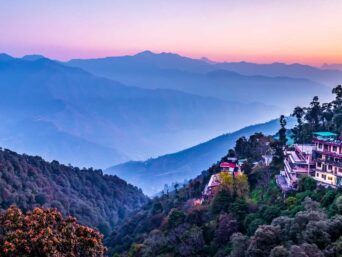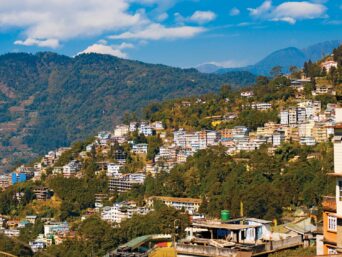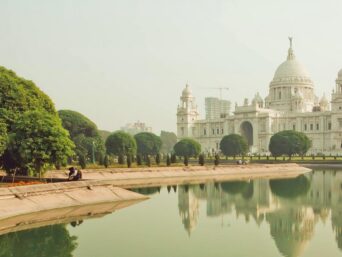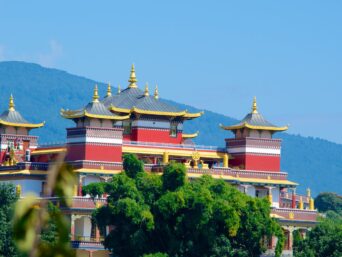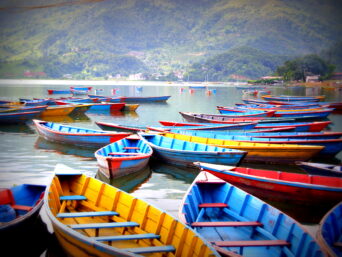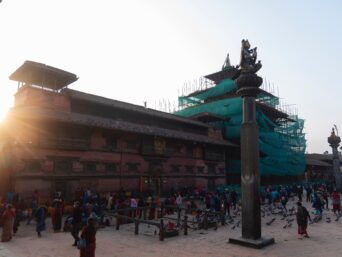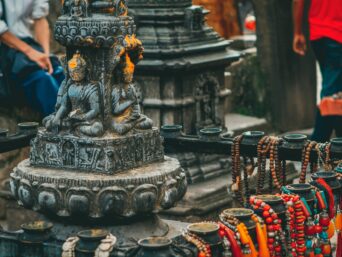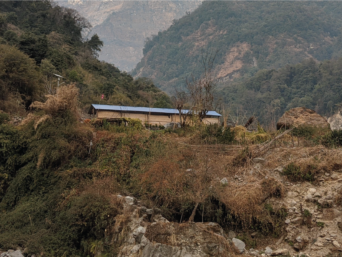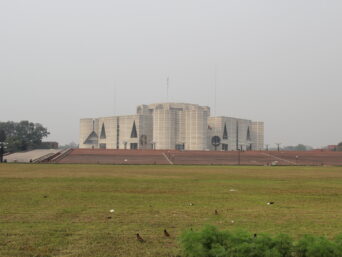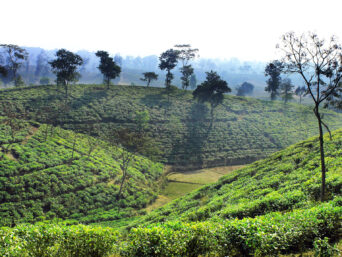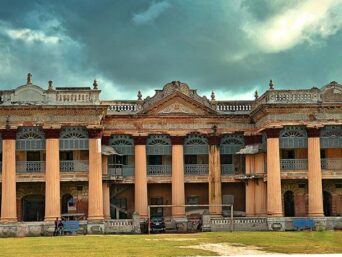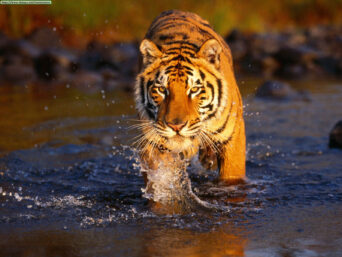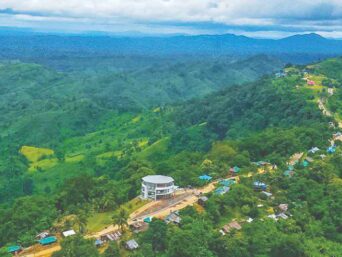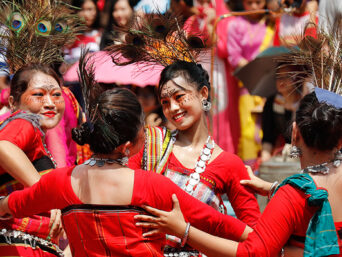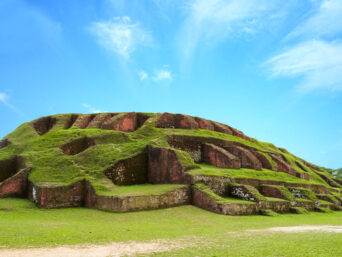Places of Attractions: Dharmarajika Temple, Mahasthangarh and the Citadels, Vasu Bihara, Sompur Mohavihara and Salban Vihara.
Tour Overview
Day 1
Arrival in Dhaka
Receive you at Dhaka Airport after immigration and luggage clearance and then transfer to hotel.
Afternoon we will offer you to visit Dharmarajika Buddhist Temple. This was established in 1960 at the initiative of Bishuddhananda Mahathera. It acts as the cultural and regional centre of Bangladeshi Buddhists and houses the ashes of famous Buddhist scholar Atisha Dipankara called as Second Buddha. It has a good collection of Buddha statues.
Stay overnight Dhaka
Day 2
Mahasthangarh
Early morning drive to Bogura (200 km/ approx 6 hrs) crossing the world’s 11th longest Bangabandhu Bridge. After arrival, transfer to hotel for check-in and freshen up. Then visit Mahasthgarh and Gokul Medh. From the account of the most prominent Chinese pilgrims Tahien and Hiuen Tsaug mentioned that Lord Buddha with his 500 disciples visited Pundravardhana which is presently Mahastangarh and preached his new Gospal. King Ashoka made a stupa on this site where Buddha explained his laws to the Devas.
Mahasthangarh is one of the earliest urban archaeological sites so far discovered in Bangladesh. A limestone slab bearing six lines in Prakrit in Brahmi script, discovered in 1931, dates Mahasthangarh to at least the 3rd century BC. The fortified area was in use until the 18th century AD. At present there are several mounds and structural vestiges inside the fortifications: Jiat Kunda (well which, according to legends, has life giving power), Mankalir Dhap (place consecrated to Mankali), Parasuramer Basgriha (palace of a king named Parasuram), Bairagir Bhita (palace of a female anchorite), Khodar Pathar Bhita (place of stone bestowed by God), and Munir Ghon (a bastion). There are some gateways at different points too.
Gokul Medh is 02 km south-west of Mahasthangarh, is locally known as Behula Lakkhindar Basor Ghar but actually it is a Buddhist temple. Excavation was conducted in the site in 1934-36. It revealed ruins of a 42 feet high platform consisted of 172 blind cells. On the flat of top of this platform a Buddhist religious establishment (Stupa/ Mandir) was built in the first constructional period (6th-7th Century A.D), another temple was built on the ruins of the former.
Stay overnight at Bogura.
Day 3
Vasu Vihara and Sompur Vihara
After early breakfast visit Vasu Vihara. This is the place where Lord Buddha stayed for 06 months as per the description of Hiuen Tsaung. This complex has five mounds. Three of them are large and rests two are small. Nearly 800 antique have been found here. Among them miniature statues, plaques and seals, beads of precious stones, ornamental bricks and tablets, clay lamps, including vessel fragments are notable. The excavation was started in 1973-74.
Then drive to Paharpur (50 km/ approx 2 hrs) and visit the impressive Paharpur monasteries and the spectacular Buddhist monuments. Historically Sompur Vihara is the treasured heritage of the world which has got the huge monastery with 177 monastic cells including with courtyard. A site museum house with the rich collections of recovered objects, black stone sculptures, images of gods and goddess of Hindu epics will be worth visiting.
After visiting the UNESCO world heritage sites, drive back to Dhaka (260 km/ 8.5 hrs).
Stay overnight Dhaka.
Day 4
Mainamati Buddhist Vihara
Morning drive to Cumilla (110 km/ approx 3 hrs) and visit the spectacular archaeological sites at Mainamati. We will visit Salban Vihara –the relics of old Buddhist Civilization. It is dotted with more than 50 Buddhist settlements of 7th -12th century AD. We will also visit Kutila Mura, Rupban Mura and the rich archaeological museum. A new Buddhist temple has been built there by the Thai Government, with a Lotus Bud on top is also worth visiting.
Drive back to Dhaka and stay overnight at hotel.
Day 5
Depart Dhaka
After breakfast, (if time permits) you can visit one or two city temples. Then transfer to airport and fly to onward destination.


